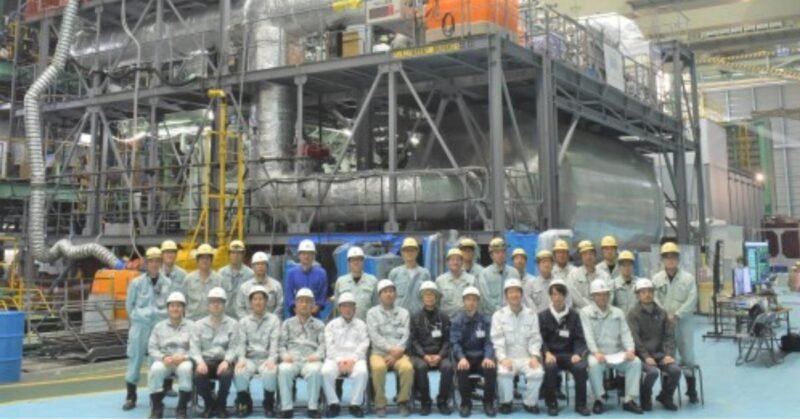The demand for ammonia is shifting due to the energy transition, with new markets emerging for green and blue ammonia in power generation, steel production, and marine fuel. Current global production stands at 200 million tonnes per year, with potential for growth as new applications are developed. The transition to green ammonia is driven by its zero emissions as fuel and independence from biogenic carbon sources.
To meet the growing demand for green ammonia, production capacity for renewable electricity and green hydrogen must increase significantly. Locations with favorable conditions for wind and solar energy generation are expected to dominate production, with shipping as a key demand center. Research into using ammonia as fuel in combustion engines is ongoing, with promising results for both two-stroke and four-stroke engines.
While emissions from ammonia combustion engines are still being assessed, initial tests show low levels of N2O emissions. Engine makers expect that ammonia-fueled engines will be able to meet IMO NOx Tier II standards without additional abatement systems. Designs for exhaust gas after-treatment and auxiliary engines for vessels running on ammonia are being developed to ensure safety and compliance with regulations. The transition to ammonia as a fuel source is expected to be completed by the end of 2025 or beginning of 2026, with approximately 50-70 ships currently under order.


















